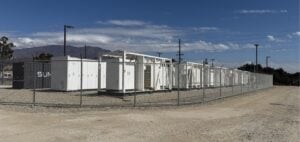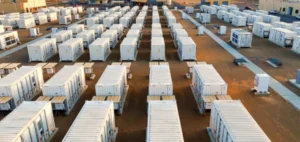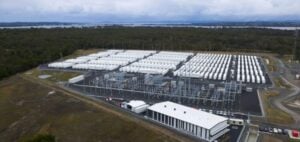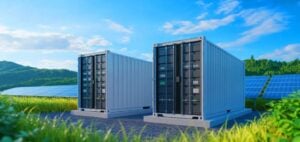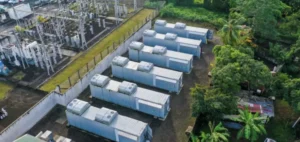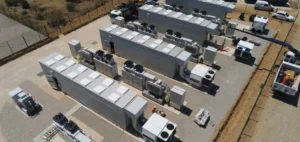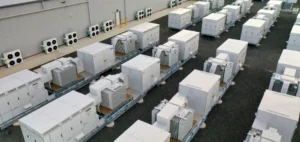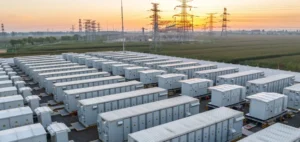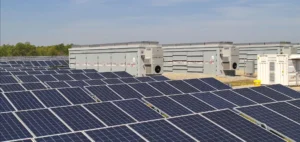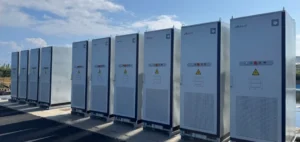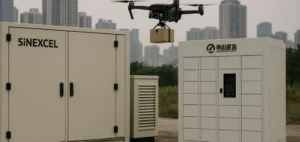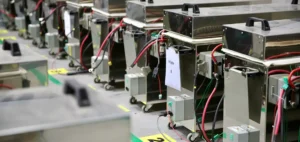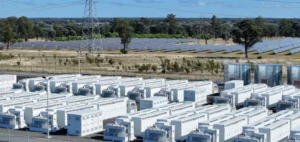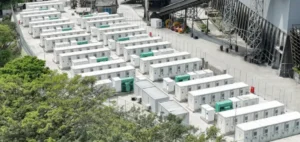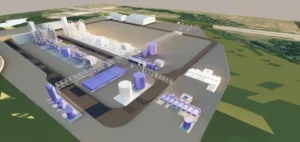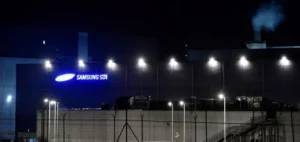The US subsidiary of Indian conglomerate Waaree Energies Limited, Waaree Solar Americas Inc., has announced an additional $200mn investment dedicated to strengthening its battery energy storage capabilities. The announcement was made during the US Department of Commerce’s SelectUSA Investment Summit held in Washington.
This new commitment brings Waaree’s total investment in the US to $1.2bn by 2028, confirming its large-scale industrial expansion strategy. The aim is to meet the growing demand for reliable and competitive energy solutions, driven in particular by the needs of data centres and energy-intensive infrastructure.
Focus on storage and local employment
The project is expected to create 300 to 500 new jobs, in addition to the 1,500 already announced under previous initiatives. In total, Waaree’s US operations could generate between 1,800 and 2,000 jobs, according to figures shared by the company.
The investment will support the development of battery energy storage facilities, complementing the ongoing expansion of a solar module manufacturing plant in Brookshire, Texas. This facility, which currently operates at a capacity of 1.6 gigawatts (GW), is set to increase to 3.2 GW after expansion.
A favourable market for energy investment
Waaree Energies Limited stated that its decision was influenced by the momentum of the US energy market, described as one of the largest and most innovative globally. The group cited opportunities created by technological advances, as well as the cost and deployment speed benefits of solar energy.
“Our decision to invest was primarily driven by the significant market potential in the energy sector,” said Dr Amit Paithankar, Chief Executive Officer and Executive Director at Waaree Energies Limited, in a statement issued on May 13.
The Indian group is thus consolidating its industrial presence in the United States at a time when energy technology investments are drawing increased attention from international players.



